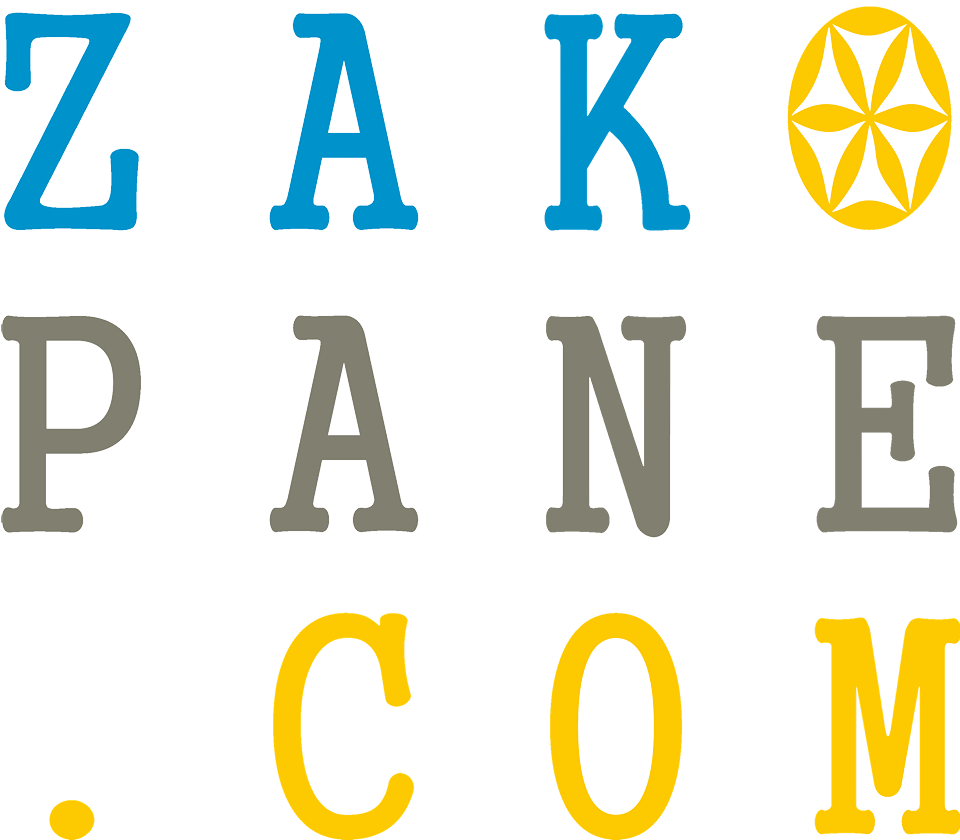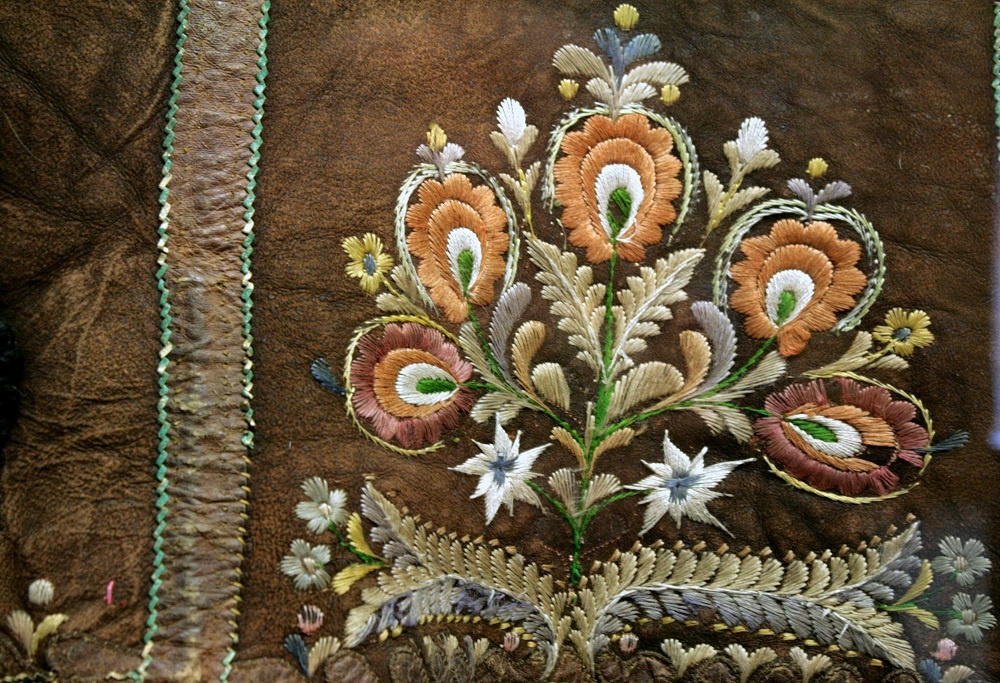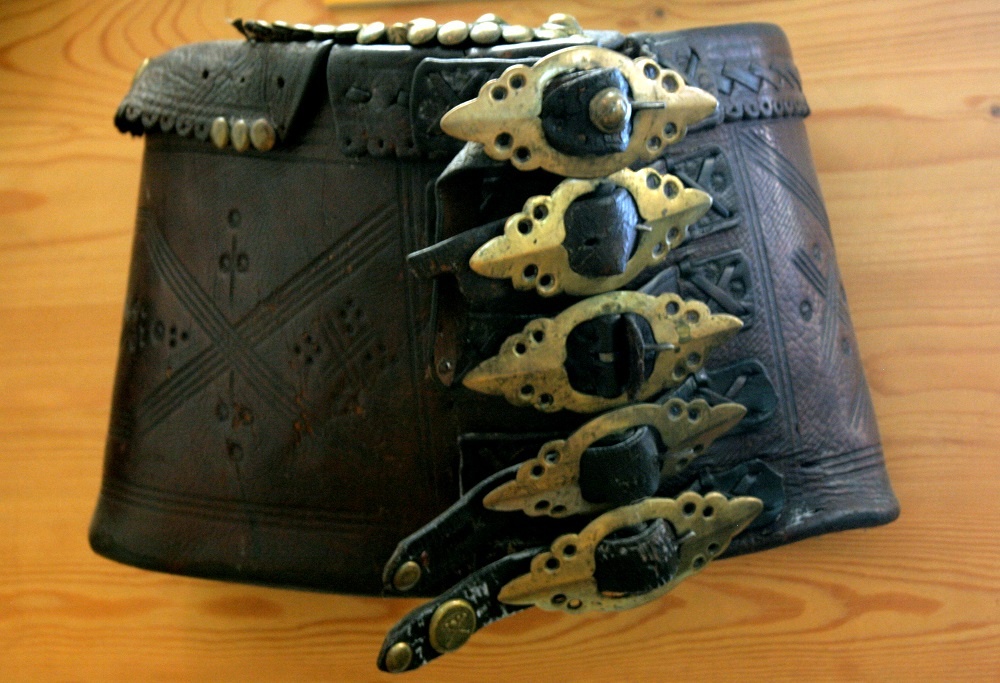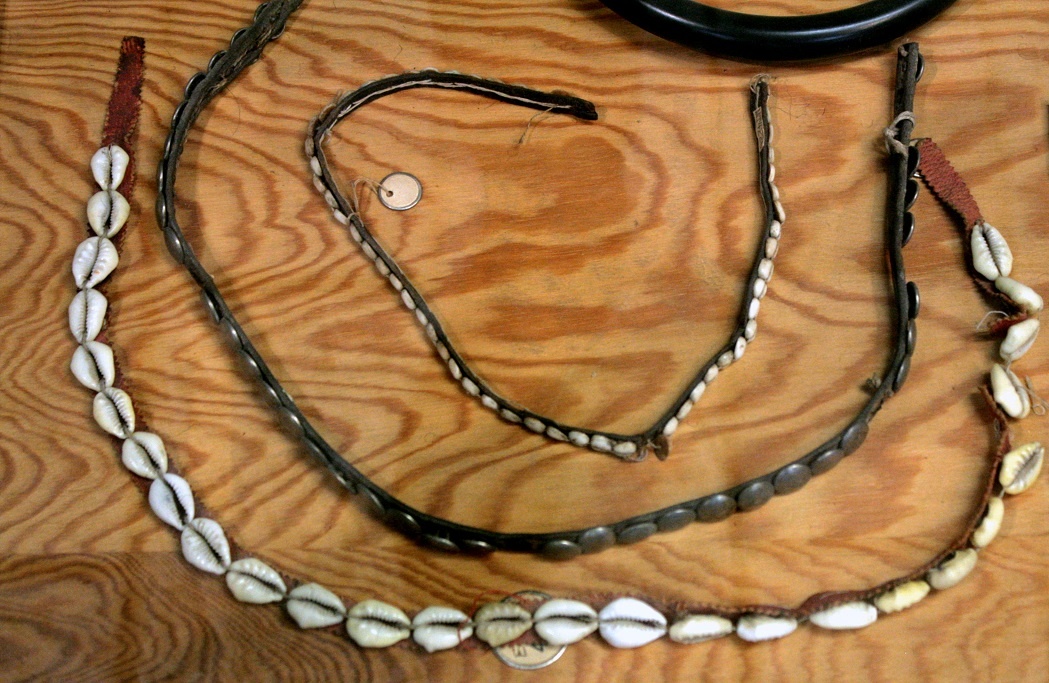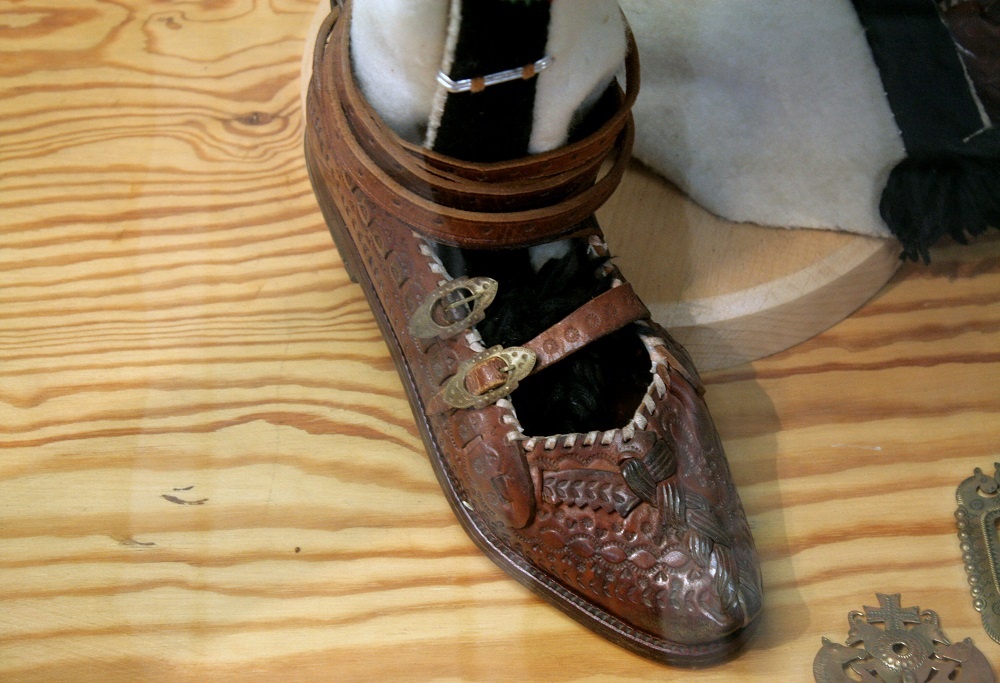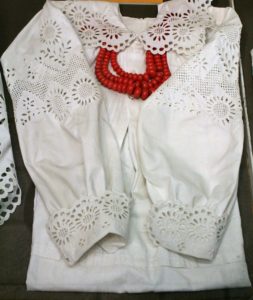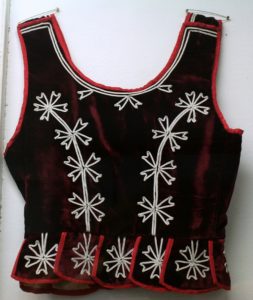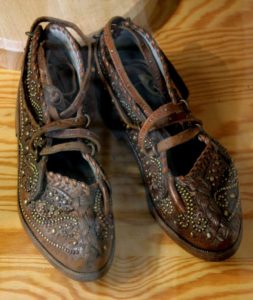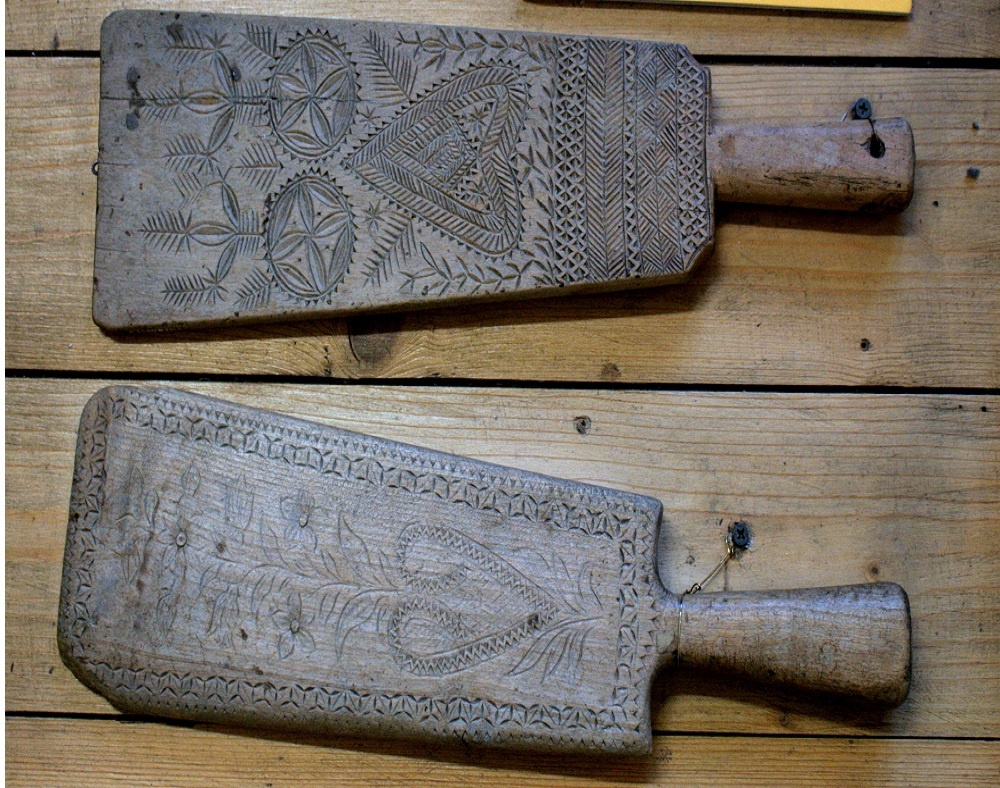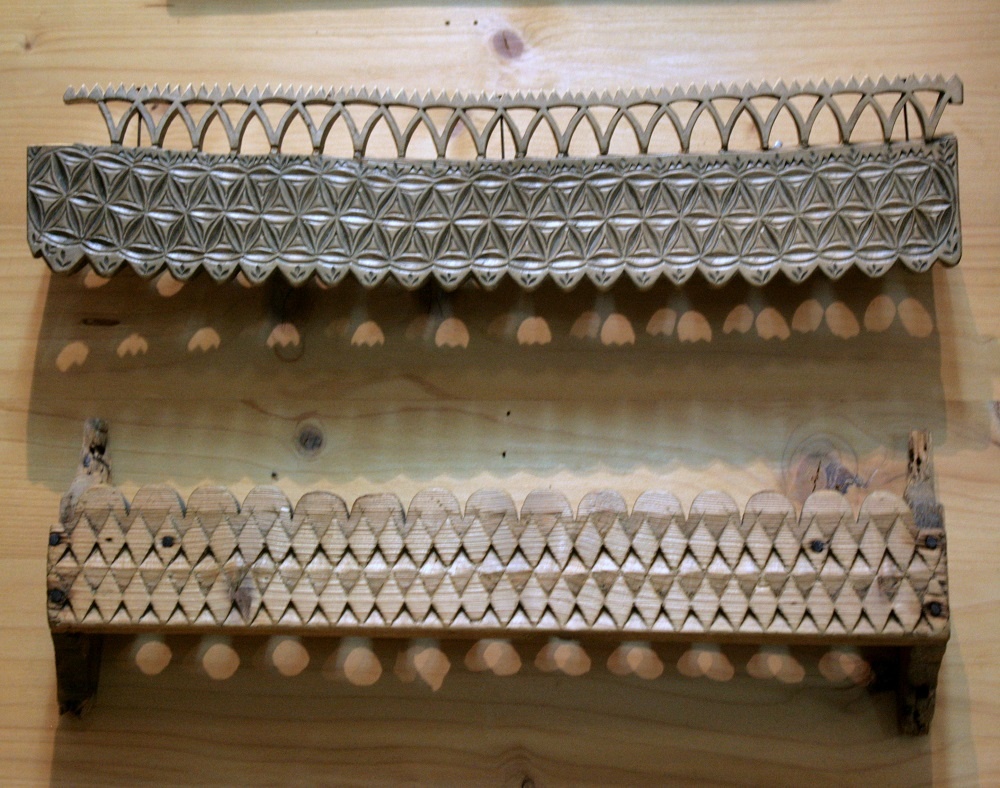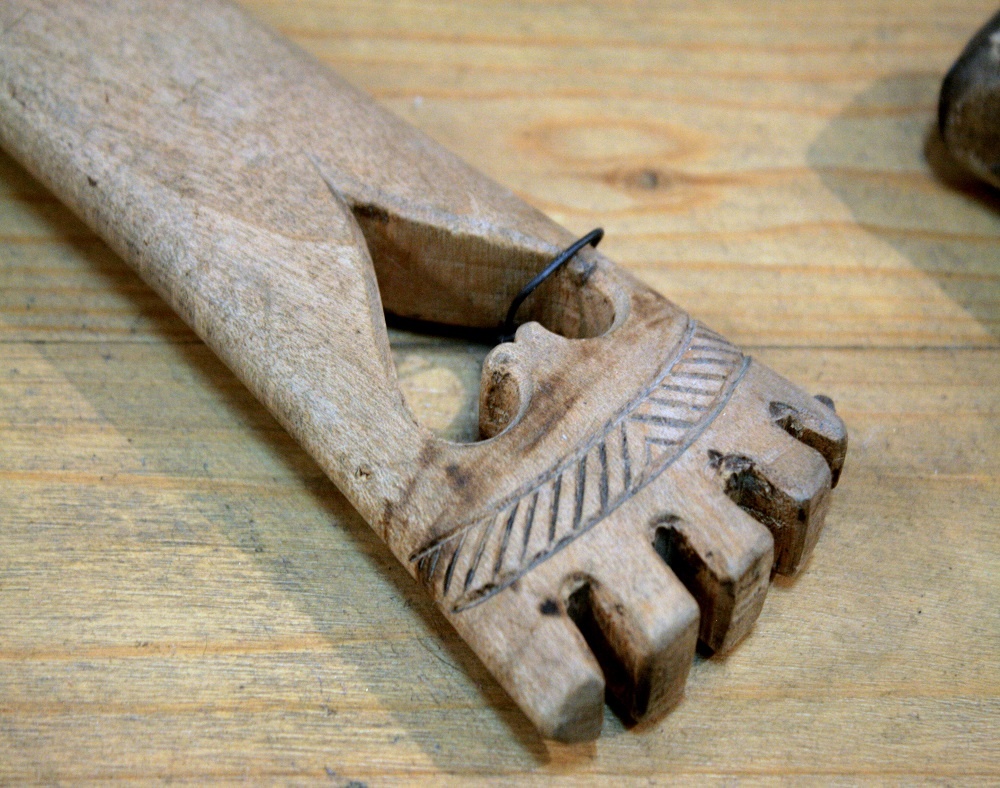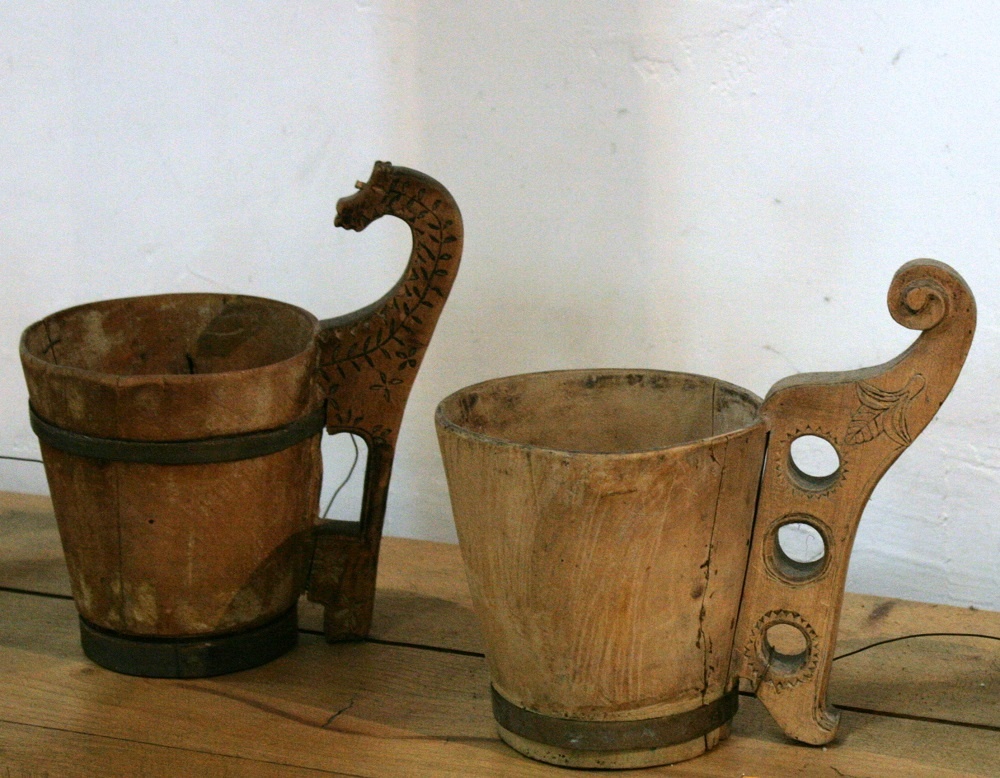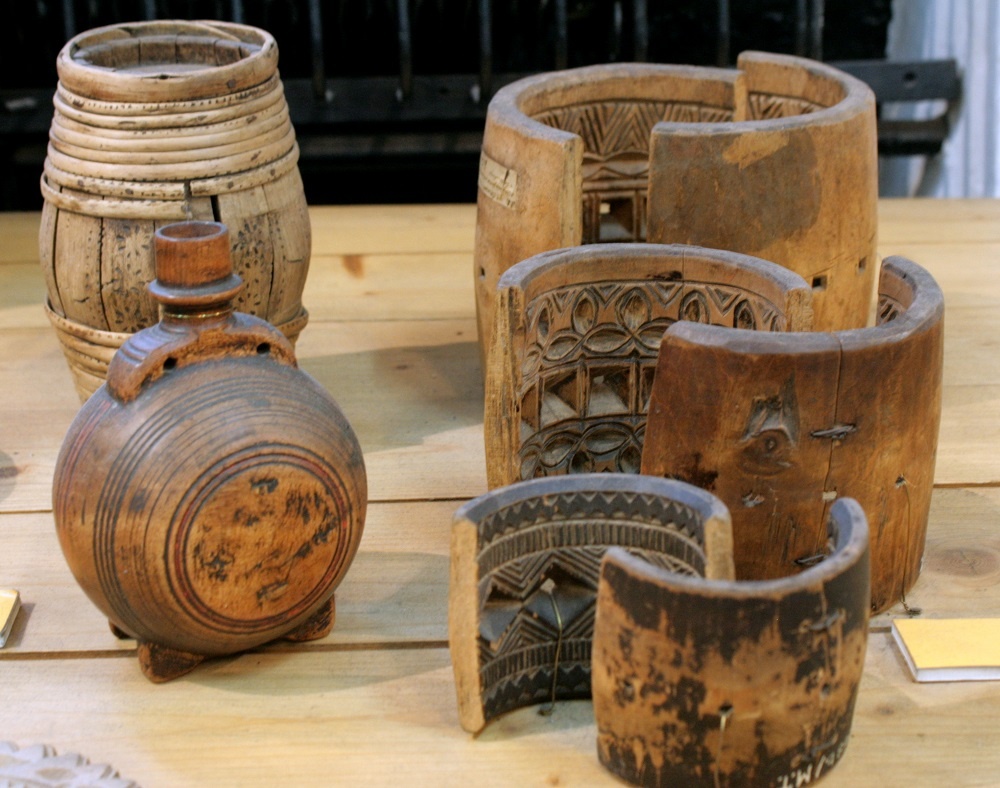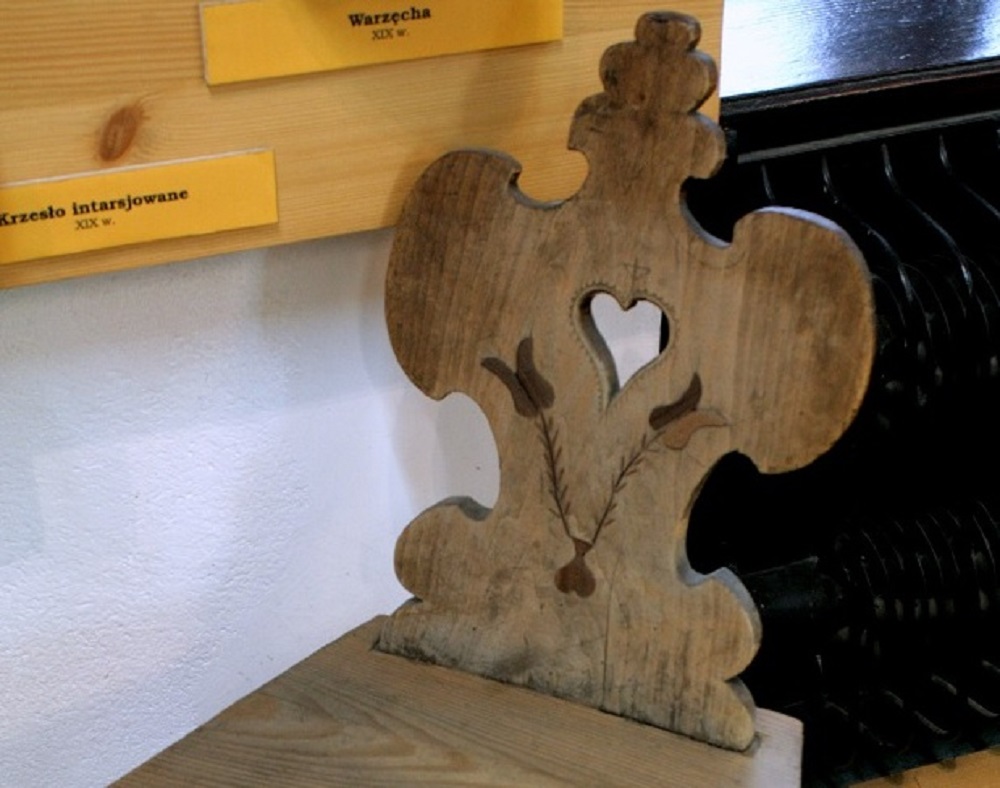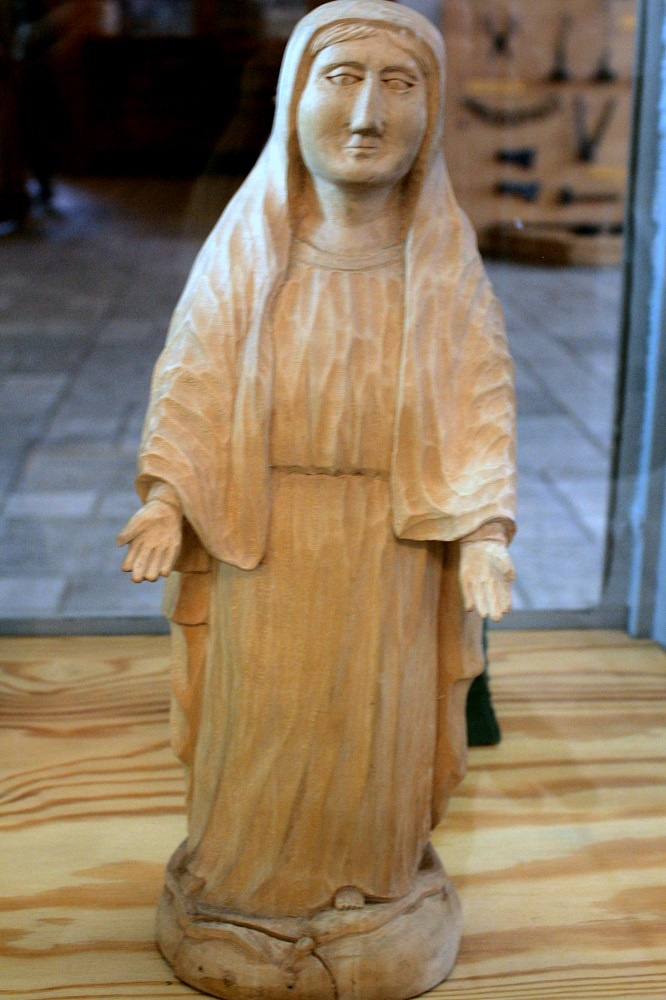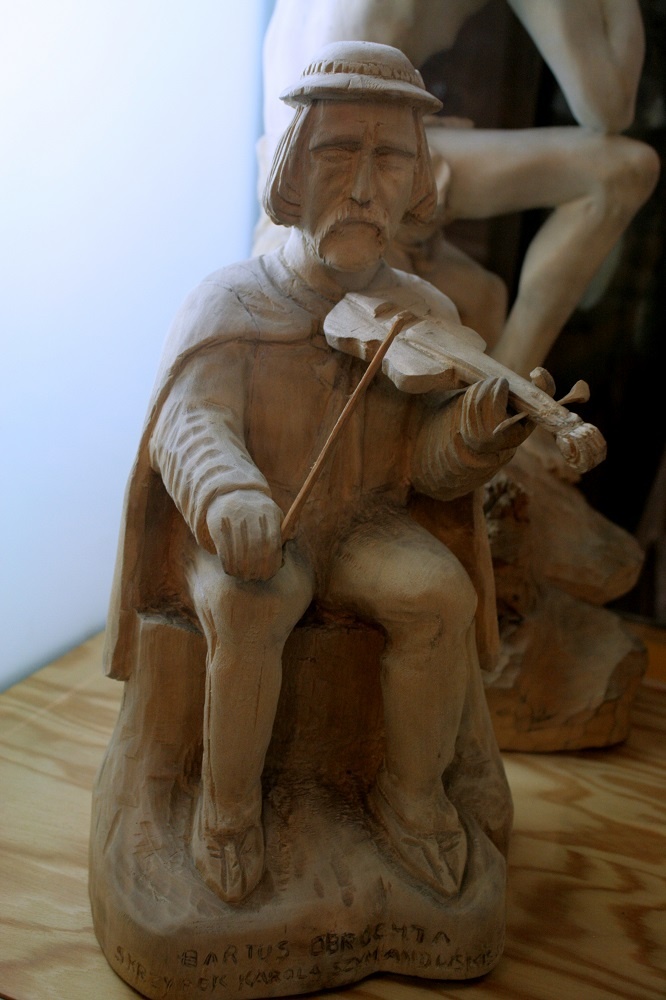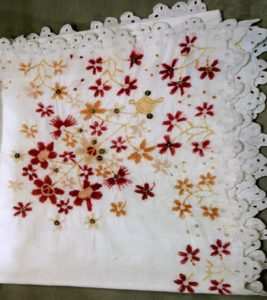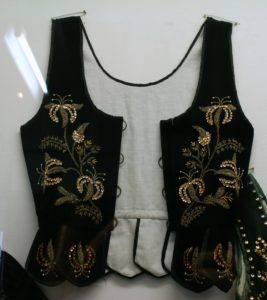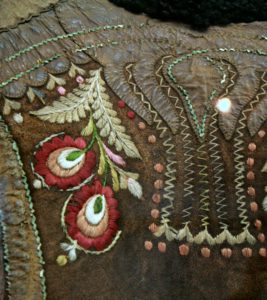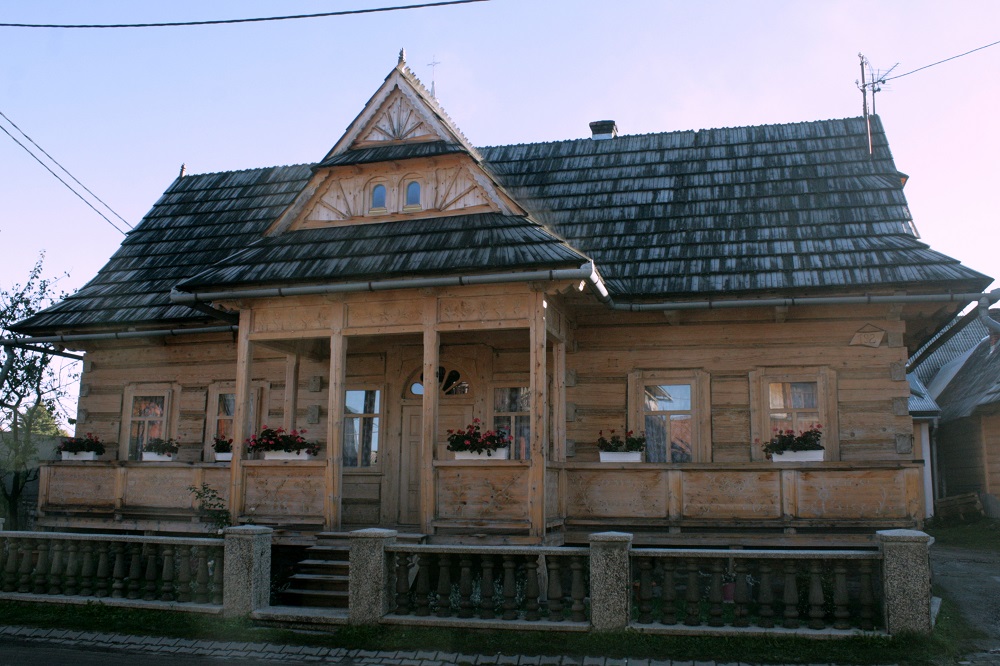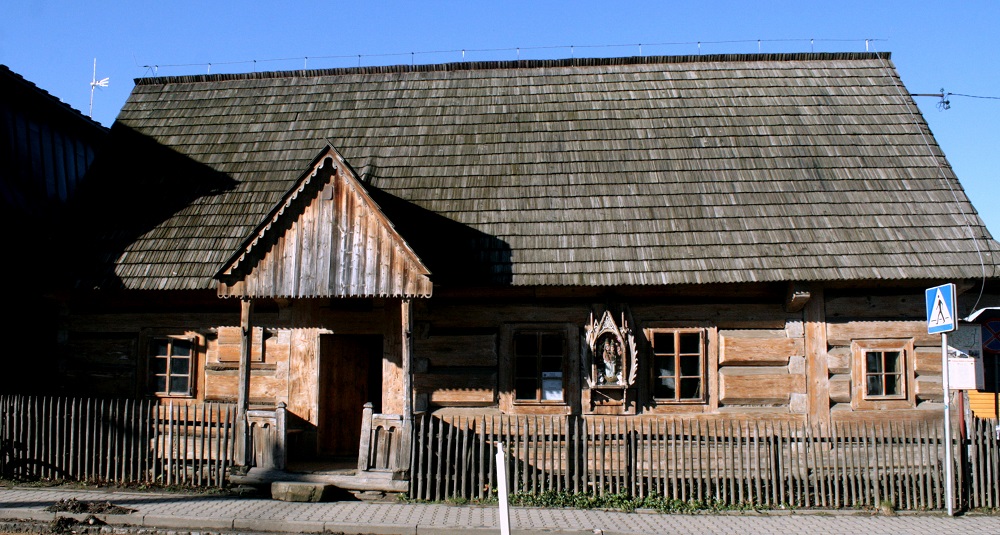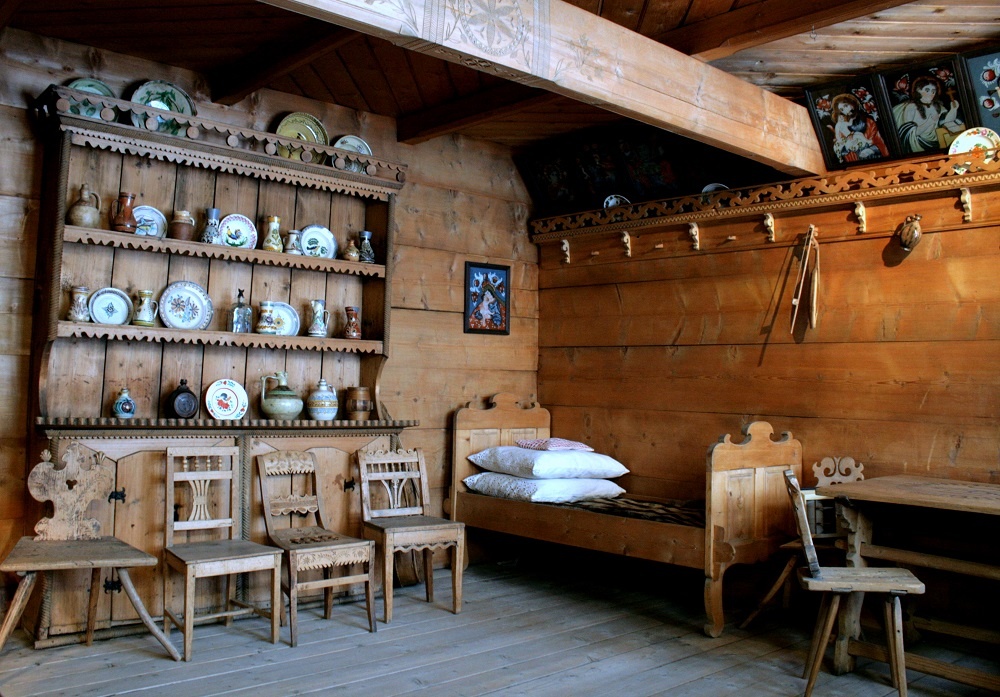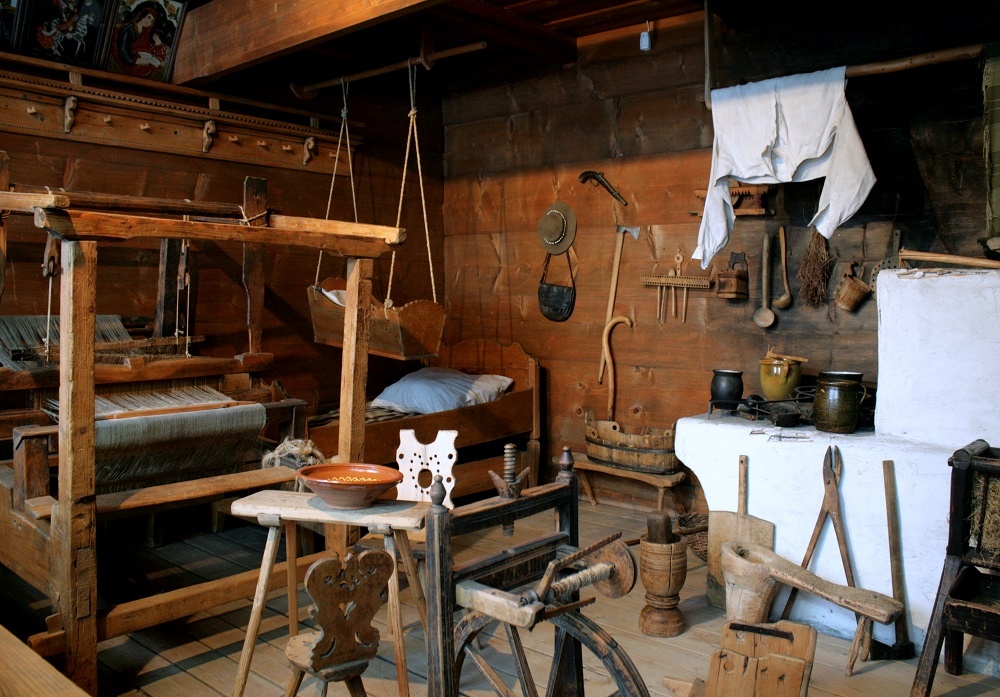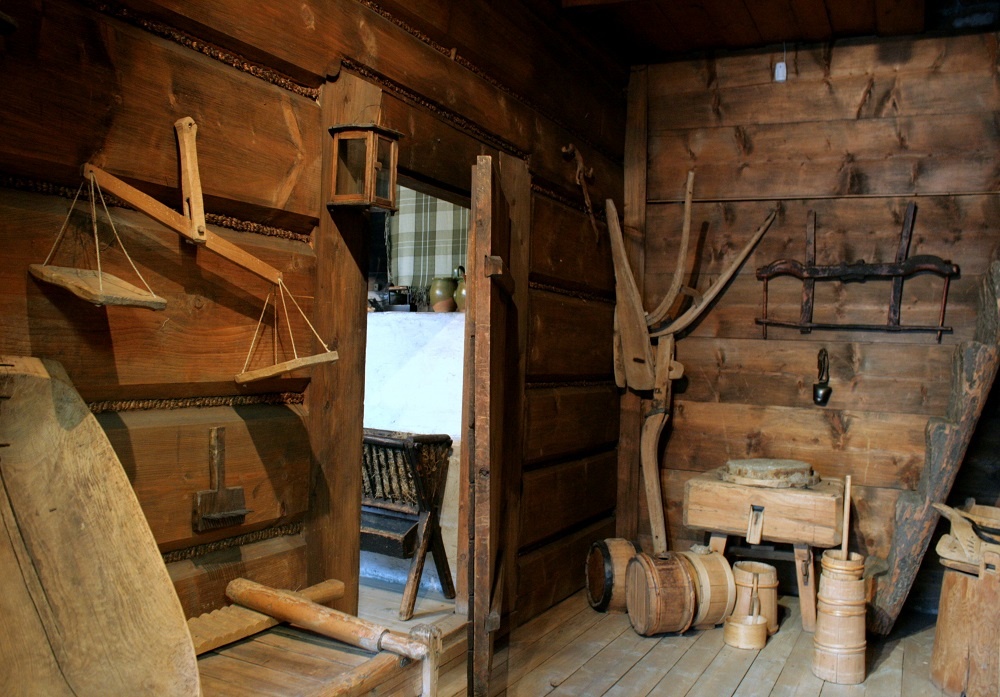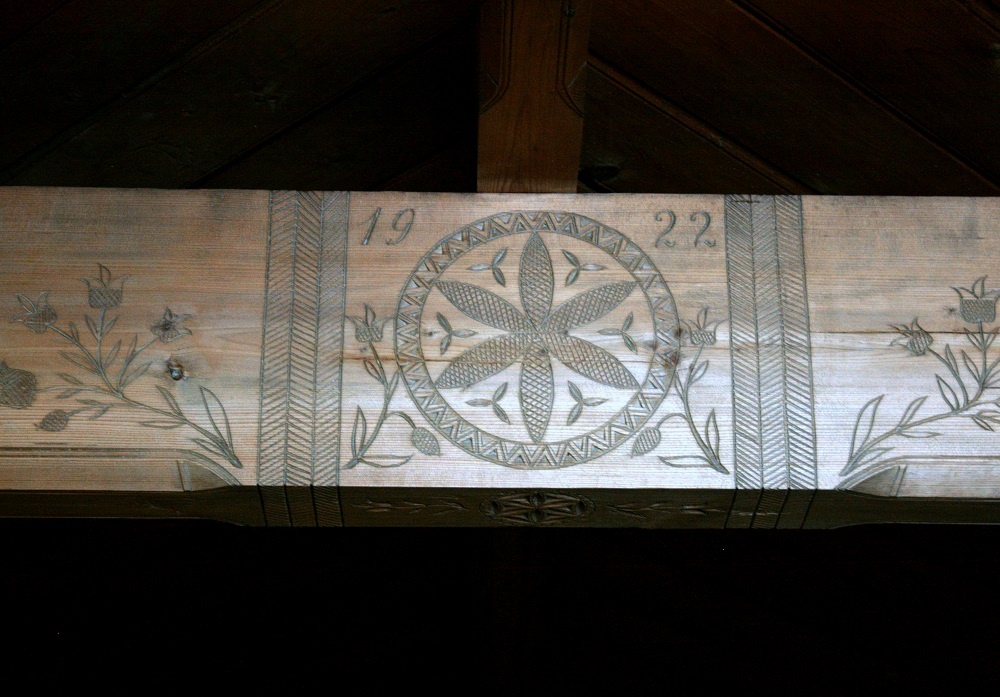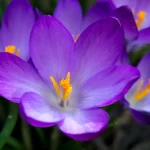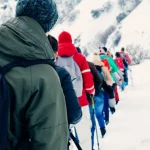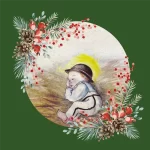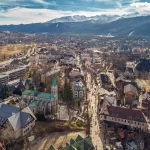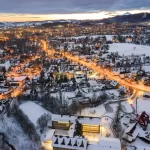Highlander’s culture – short guide
Highlanders culture and folklore in Zakopane and Podhale Region is very unique. It’s worth to know at least its basics, because when you’re in Tatras, you will be able to appreciate more and fully experience the local culture.
Podhale Region is a separated culture region. Highlanders have strong sense of belonging to highlanders community. Moreover, they proudly flaunt with their tradition and culture, they’re not ashamed of speaking in local dialect and wear traditional dress even outside the Podhale Region.
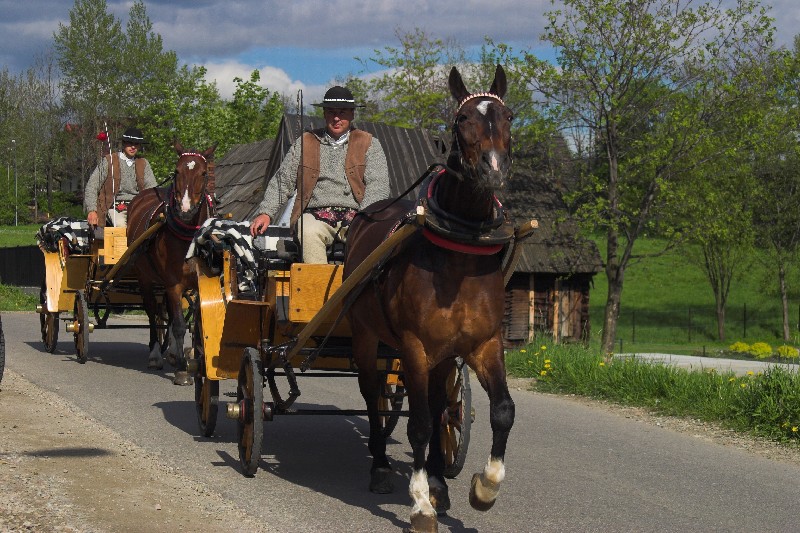
Highlanders’ dialect
It’s one of the most characteristic elements of the local culture. Thanks to this slang, you can easily say if you’re speaking with real highlander. They use their dialect in everyday life, not only in house, but also at work and school (in schools only during brakes, they study in Polish).
Highlander slang is a Polish language dialect, that contains plenty of Polish archaisms and many words from Slovak, Hungarian and Balkan languages.
Highlanders’ dialect is that a part of the culture, it is difficult to describe – you must hear it yourself. If you’re in Zakopane and Podhale Region, you’ll definitely hear it very often, and mabye, you’ll be able to distinguish it from the usual Polish language. In the near future we will publish a tourist dictionary, the basic local vocabulary to get around.
Highlanders’ music
It’s the next element of unmaterialistic highlanders culture. Over the years it has strongly changed, but still, it keeps its traditional and characteristic elements.
Long time ago, before Zakopane was discovered by tourists, authors of highlanders’ music stayed anonymous. The music was created in very impulsive way, very spontaneously. It was often a result of everyday life and it related to important things to highlanders, it contained love motives or funny refrains. Instrumental music and singing was present during all family ceremonies, celebrations and important events, they were inherent and important element of cultural life. Highlanders’ music was passed from generation to generation, without musical notations, it doesn’t change with the exception to different regions of Podhale.
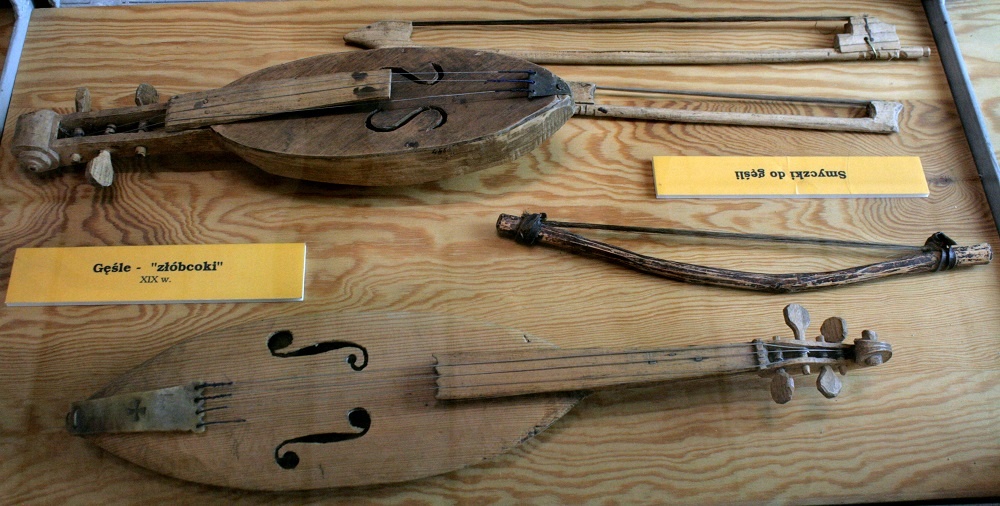
Gusle – kind of folklore violin, traditional highlander’s instrument, Tatras Museum’s collection
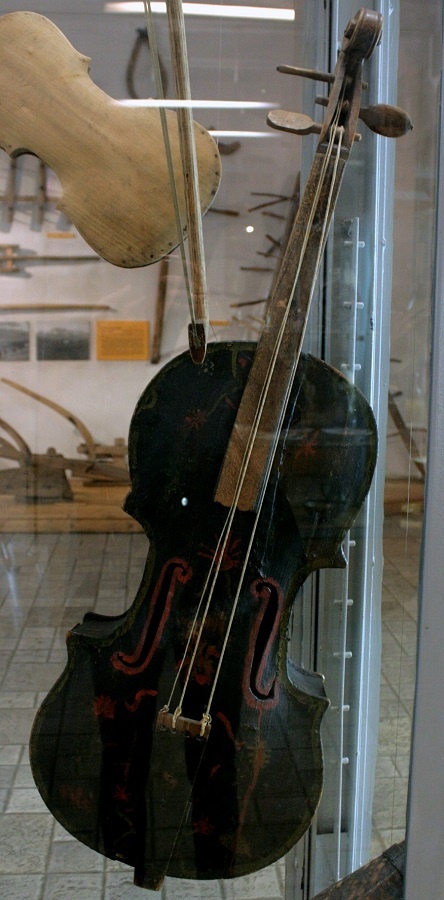
Basolia – highlander’s musical instrument, similar to double bass
Traditional music of Podhale Region is different from the others Polish regions and have elements of Slovak, Hungarian, Romanian and Moravian folklore.
Traditional highlander’s band contains four musicians:
– lead violin player, who plays leading melody on violin or gusle (kind of folk violin), he can replace every other musician in band
– second violinist (usually two of them), who complemented lead violin player’s music. Second violinist together with bassist make a rhythm section
– bassist, who plays on basolia – an instrument similar to small cello or double bass.
Former bands were consisted only bagpipes, pipes and gusle. Now to highlander bands often join guitars, drums and accordion. Traditional highlander music is now often mixed with popular music.
Majority of highlanders have beautiful and strong voices. Highlanders’ songs are polyphonic, often extended with shouts. They’re sung by both, men and women.
When you’re in Podhale Region in winter or summer season, just visit regional restaurant or inn, where local bands play live.
Highlanders’ dance
In Podhale Region there are two kinds of dances: highlander dance and zbójnicki dance (Polish: ‘bandit’s dance’ – zbójnik is a bandit form Tatras, who robs the rich people and helps the poor, a kind of Tatras’ Robin Hood :)).
Highlanders’ dances come from culture of Vlachs shepherds and are usually masculine – they present their strength and dexterity. Female role in dancing is only decorative.
Former, highlander dance was only practiced by one couple, because people danced in houses, in small rooms. Dancers do not touch each other, but only move around each other, getting closer and further apart. Dance starts with a refrain, sung before music. Then man’s solo figures predominate, the woman only does accompany him and at the end of dance the man turns his partner, kneels on one knee and bows with his hat.
Zbójnicki (bandit’s) dance is very attractive, energetic and yes tiring. It’s danced only by men, from 4 to 16 of them at the same time. They move on circle perimeter and make the same moves. This dance contains high jumps, deep squats with legs dropping forward and bounces.
Now, both highlander and zbójnicki dances are mixed with each other. Many steps from zbójnicki dance came to highlander dance, mostly for increasing dance shows attractiveness for tourists.
Part of zbójnicki dance you can see in the movie below:
The way highlanders dress
Highlanders wear their traditional clothes during important ceremonies or events (weddings, funerals), but in the past, it was their casual garments. But still when you’re in Zakopane and Podhale Region, you will notice women and especially man wearing the traditional clothes.
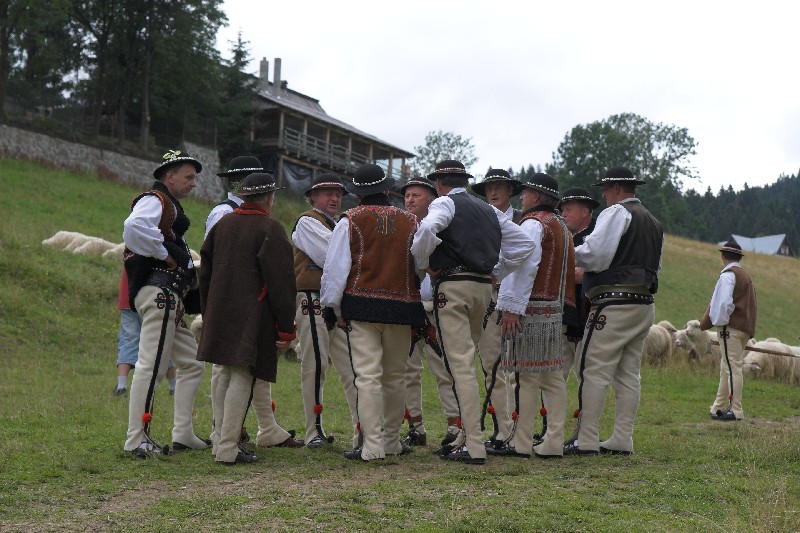
Traditional male does wear linen shirt with metal stud, bright pants with black stripes and embroidered with popular decorative ornament called parzenica. In winter, men wear jerkin with blue or red embroideries and leather clasp, or cucha, which is a white or black coat. During holidays, they wear ceremonial vest from blue cloth. In both, every day and ceremonial clothes, there are a lot of decorations: metal studs, colorful embroideries, wide leather belts with brass buttons, felt hats with seashells or chains. Highlanders wear also shepherd’s bags, made of white or brown cloth.
- Embroidery on male jerk
- Leather male belt
- Highlander’s hat decorations
- Male shoes, called ‘kierpce’
Traditional female dress consists of thin shirt with low collar and wide sleeves, made of calico, long plain skirt, usually bright blue or dark blue and flowery corset – rich highlander women had corset made of silk, and the poor made of calico. On their feet, they had leather shoes, and in winter, they wear a sheepskin coats. Inherent element of female dress are corals, often made only of real coral. Rich highlander women used to wear even several necklaces of corals at the same time, this showed their wealth.
- Female shirt
- Female cosrset
- Female shoes, called ‘kierpce’
Its’s important to say, that today’s clothes, both men’s and females, have changed. Especially, female dresses and what we can see know in Podhale Region is only an imitation of traditional Cracow dresses.
But for fashion designers of today the traditional highlander dresses are an inspiration – they ‘borrow’ the characteristic highlander’s elements and often slightly modify the dress elements to look modern.
Highlanders’ art
The art in Podhale is primarily of a functional nature, although it does not neglect decorative elements, sometimes very rich. The women are creating colorful embroideries and you may notice every man in Zakopane and Podhale is a sculptor. Some create sculptures and wood carvings for living, you may buy these as souvenirs. The artists, they present their work in art galleries and you will find their amazing artworks in local museums. When you are walking around pay attention to the wooden houses on the streets, most of them have very original carvings made by the owners of these homes. In Zakopane you will find as well wonderful glass paintings, the highlanders are famous for.
Wooden carvings were first noticed by the artists, who visited Podhale Region. There were ornamentation of everyday objects made of wood: chairs, shelves, spoons and others. Highlanders sculpted in wood as well saints’ figures for churches, chapels and cemeteries.
Very characteristic element of Podhale Region art is a reverse glass painting, but originally, it probably came from Slovakia, its present in Podhale for more than hundred years and it’s strongly identified with this region. Glass paintings were, and still are the decoration of houses, churches and chapels.
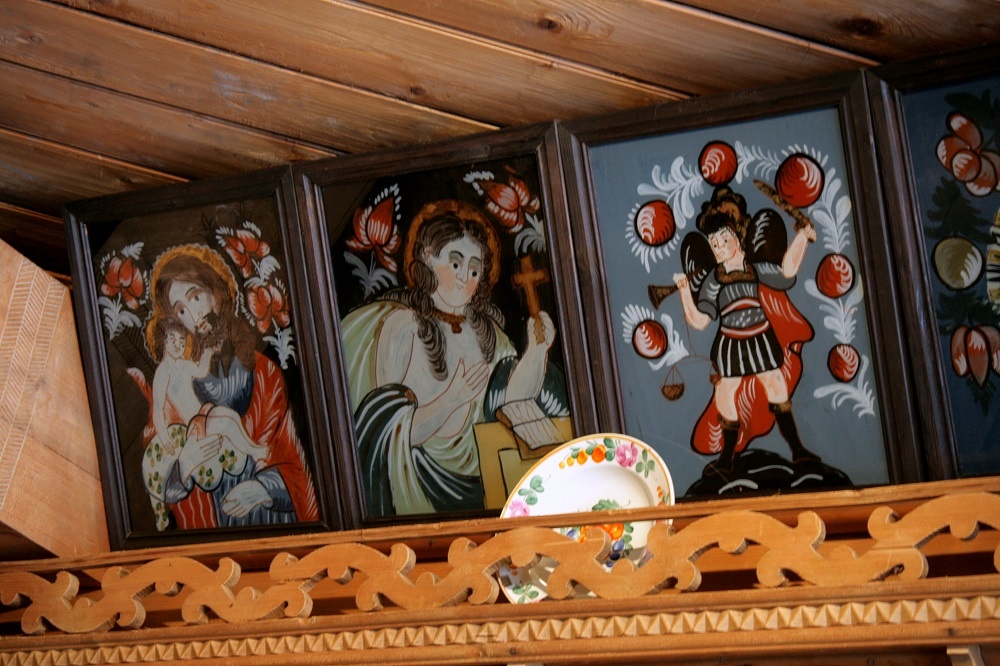
Tatras Museum’s collection
Known element of highlander’s art are leather products, (wide belts, bags and shoes). There are also products made of metals: bells, studs or shepherd’s axes.
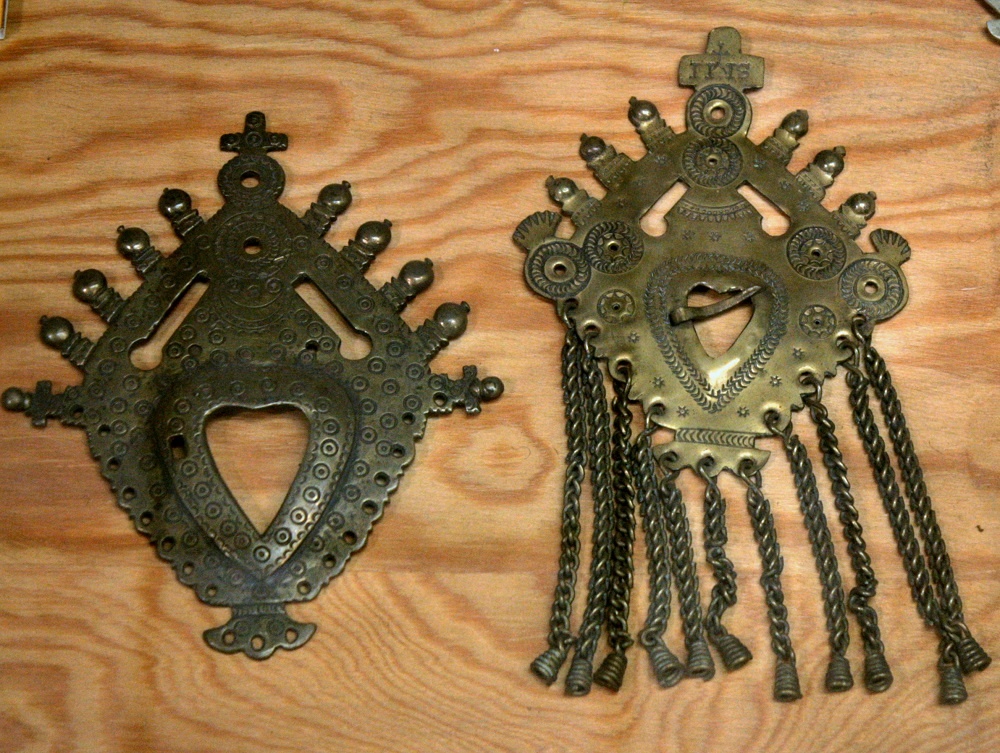
Highlander’s studs, Tatras Museum’s collection
Highlanders love rich decorated clothes and they embroider them, the: corsets, jerks, coats, pants, shirts, and skirts.
Traditional architecture and highlanders’ village
Highlanders’ villages were quite extensive and long, characterized by scattered buildings. The clusters of several cottages were relatively rare. The village center was two rows of huts with farm buildings, while the other houses were scattered on the slopes and valleys.
The windows and doors of the homes were orientated to the south, and walls were made of wooden logs. The roof was made of shingles or planks. The roof inside the house was based on special beam and on it was carved the year when the house was built and the name of the head carpenter. Later, just next to west wall of the houses, highlanders started to build sheds, these protected them from cold western winds.
Inside a typical highlander’s hut where: white and black room, locker and a hall. The white room was used only during family ceremonies and holidays, in a locker there were kept household goods and clothes. The black room was used in everyday life: There was kitchen, fireplace, bed, chairs and a table. Smoke which was coming from the fireplace circled through the whole room and ran to the hall. This is the reason black room’s walls had really the smoke color, that’s why these where called the black rooms.
- White room, Tatras Museum’s collection
- Black room, Tatras Museum’s collection
- Hall, Tatras Museum’s collection
- Carved wooden beam, called ‘sosrąb’
Do you like highlanders’ culture? Do you find it interesting? Please share your opinion in comments!
Let us know what you think about this article! Do you wish to read more articles like this?
